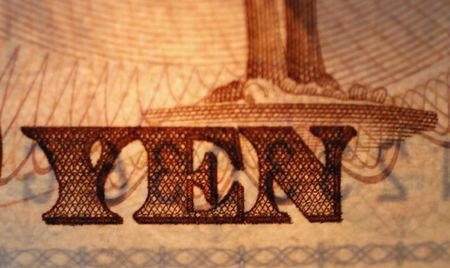On Wednesday, the performance of Asian currencies showed a noticeable drift lower as the U.S. dollar strengthened, recovering from recent declines. The dollar index and dollar index futures each posted a 0.3% increase during Asian trading hours. This upward movement was driven partly by the yen’s weakness and broader expectations that U.S. economic growth might not deteriorate as severely as some market participants had feared.
Japanese Yen Slips as BOJ Downplays Rate Hike Expectations
The Japanese yen experienced a significant decline, making it the worst-performing currency in Asia for the day. The USDJPY pair surged nearly 2% to approximately 147 yen, marking a stark contrast from the yen’s recent low of around 141 yen observed last week. The yen’s sharp movement was largely influenced by recent comments from officials at the Bank of Japan (BOJ). Deputy Governor Shinichi Uchida remarked that the BOJ is unlikely to consider raising interest rates given the current market instability. This statement contradicted earlier indications that the central bank might pursue rate hikes this year, contributing to the yen’s reversal from its recent gains and ongoing struggles against multi-decade lows.
Despite the yen’s decline, it remains above its 38-year lows reached earlier in the year. Analysts suggest that the yen could receive some support from improvements in the Japanese economy, particularly with rising wage growth expected to help stabilize the currency.
Australian Dollar Rises on Hawkish RBA Stance
In contrast, the Australian dollar emerged as a standout performer in Asia, with the AUDUSD pair rising by 0.7%. This appreciation followed the Reserve Bank of Australia’s (RBA) decision to keep interest rates unchanged while adopting a hawkish tone on inflation. The RBA’s comments indicated concerns over persistent inflationary pressures, leading traders to adjust their expectations. They now foresee that the RBA will maintain high interest rates for a longer period, with rate cuts not anticipated before February 2025. This scenario has bolstered the Australian dollar as traders react to the central bank’s cautious stance on inflation and monetary policy.
Chinese Yuan Weakens Amid Mixed Trade Data
The Chinese yuan extended its losses following the release of mixed trade data, with the USDCNY pair climbing 0.4%. China’s trade balance for July showed a larger-than-expected contraction, driven primarily by disappointing export performance. This decline in exports was exacerbated by new tariffs imposed by the European Union on Chinese electric vehicles earlier in the month. However, the yuan found some support from stronger-than-expected import figures, which hinted at a potential recovery in domestic demand. Market focus is now shifting to upcoming Chinese inflation data, which will be crucial in determining the future trajectory of the yuan.
Broader Regional Currency Trends
In broader regional currency movements, most Asian currencies experienced a weakening trend. The South Korean won saw a minor increase of 0.1% against the dollar, while the Singapore dollar appreciated by 0.3%. The Indian rupee, on the other hand, hit a new record low of 84.048 rupees per dollar, despite ongoing efforts by the Reserve Bank of India to stabilize the currency.
Overall, while the U.S. dollar strengthened across most Asian currencies, the yen’s performance was notably weak due to recent BOJ policy signals, and the Australian dollar benefited from a hawkish stance by the RBA. The Chinese yuan’s mixed performance highlights the complex interplay of trade dynamics and economic indicators, underscoring the challenges facing the region’s currencies amid fluctuating global economic conditions.
